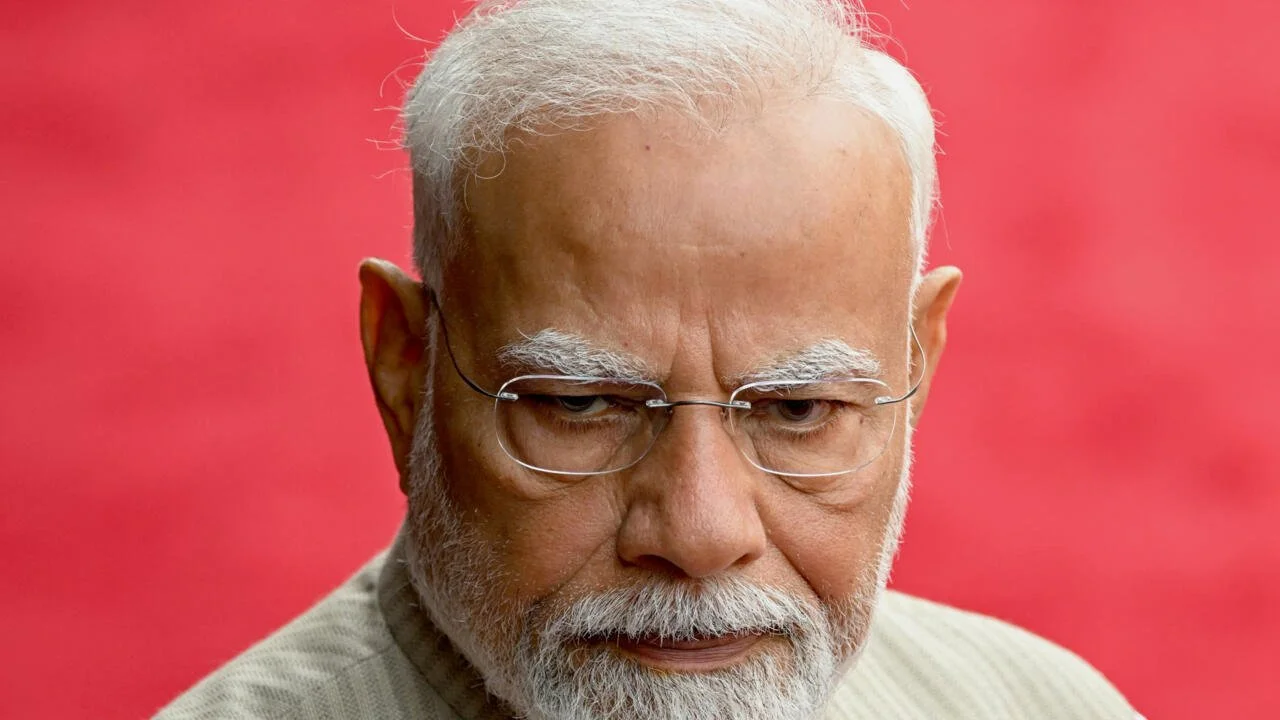How Modi’s gamble misfired ahead of Bihar elections
Operation Sindoor was intended to boost Indian premier’s popularity ahead of elections, but Pakistan’s forceful military response turned it into a strategic misstep
By Nizamuddin Siddiqui
NEWS ANALYSIS
June 3, 2025
INDIAN Prime Minister Narendra Modi on 7th May took a calculated risk just months before state elections in Bihar by launching Operation Sindoor — a move seemingly designed to boost his waning popularity. His party had underperformed in the most recent general elections, failing to secure a majority in parliament. As a result, political analysts suspect that the military operation was as much about electoral optics as it was about national security.
However, Modi’s gamble did not pay off as soundly as he had hoped. He appeared to assume that Pakistan’s armed forces would be unable to respond forcefully to any aggression. After all, the country’s economy is in dire straits, surviving only through an International Monetary Fund bailout.
The Indian military is indeed larger and better equipped: the Indian Army boasts approximately 1.25 million personnel compared to Pakistan’s 600,000. Similarly, the Indian Air Force (IAF) has over 2,000 aircraft, dwarfing the roughly 1,400 operated by the Pakistan Air Force (PAF).
Modi may also have believed that the Pakistan Army, given the setbacks it received in 1971 and 1999, would prove to be a pushover. During the tenure of General Pervez Musharraf, the US and Afghan drones routinely crossed into Pakistan’s tribal regions, conducted strikes, and returned unchallenged. Modi likely assumed Indian aircraft could execute similar strikes and return safely to base — with Pakistan’s response confined to token retaliation.
What he underestimated, however, was the resolve of Pakistan’s current military leadership, which had launched strikes into both Iran (early 2024) and Afghanistan (later that year), signalling a departure from past passivity.
Modi may have further miscalculated the nature of Pakistan’s domestic turmoil. With its most popular political leader, Imran Khan, imprisoned and its political system widely viewed as dysfunctional, he likely assumed that an unpopular military, beset with political instability and a faltering economy, could only come up with a weak or symbolic response. But the events of the four-day conflict proved Modi’s assumptions wildly incorrect.
The PAF’s downing of several IAF combat aircraft — including the prized Rafale jets — at the very outset of the hostilities must have come as a rude awakening for New Delhi. Modi’s initial plan, it seems, was to strike a few locations in Punjab and Azad Kashmir, label them as “terrorist camps”, and emerge politically stronger. He likely expected Pakistan to either stay quiet or respond mildly.
Those assumptions unravelled the moment Indian jets began falling from the sky. The early losses not only embarrassed the Indian military but also forced Modi into prolonging the conflict in search of a face-saving victory. For two more days, Indian forces escalated hostilities — not for strategic gain, but for domestic political optics.
The turning point came on 10th May, when Indian forces resumed airstrikes after a two-day pause, this time targeting key Pakistani airbases including Nur Khan Airbase. Pakistan’s response was swift and decisive: the launching at Fajr of Operation Bunyan-um-Marsous, which prompted an urgent Indian request for de-escalation. Within 8–10 hours, a ceasefire was in place.
Notably, the ceasefire announcement came not from India or Pakistan, but from US President Donald Trump. In the hours that followed, members of the Trump administration proudly claimed credit for brokering the truce.
This foreign intervention — coupled with the jingoistic expectations built up by India’s ‘Godi media’ and political rhetoric — left the Indian public disillusioned. Many had naively anticipated the ‘liberation’ of both Balochistan and Azad Kashmir. In short, India’s objectives and its actual gains stood poles apart, leading to widespread dissatisfaction with the Modi government’s performance.
In contrast, Modi’s Operation Sindoor had the unintended consequence of unifying Pakistanis. Whatever internal divisions existed before the conflict were temporarily set aside in the face of an external threat. Many Pakistanis — previously critical of military overreach — began to see the armed forces as necessary protectors in a hostile regional environment. As Modi’s policies have alienated Indian Muslims over the years, more and more Pakistanis have begun to appreciate the value of an independent Muslim state — and a strong military to defend it.
For the Pakistan Army, this was an unexpected political windfall.
Meanwhile, Indian commentators have since claimed that Operation Sindoor helped re-establish India’s deterrence posture under the nuclear umbrella. But such declarations appear to be more for domestic consumption than strategic reality.
At every stage, Pakistan matched India’s aggression step for step. While minor missile exchanges and explosions can be dismissed as tactical incidents, the strategic takeaway is clear: a military half the size of its adversary held its ground and delivered a clear rebuke.
Modi must now snap out of the political stupor in which he finds himself — and swiftly. Otherwise, he risks dragging the entire region into a crisis from which it may never recover. Both India and Pakistan are nuclear-armed nations. Such brinkmanship is not just irresponsible — it’s existentially dangerous.
